UAVs
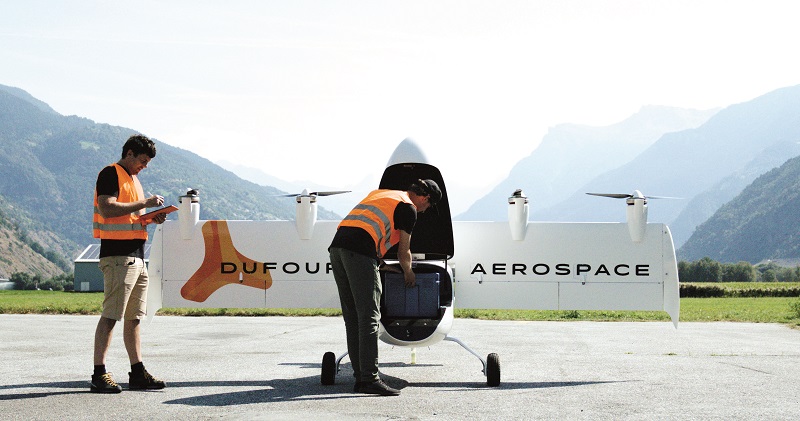
Keeping aircrew out of harm’s way during dangerous missions is a key advantage for UAVs. Rory Jackson reports on some of the latest offerings
Risky business
Amid discussions of safety and related certifications in the halls of UAV conferences (and this issue of our publication), the fact is that UAVs are inherently more applicable to extreme environments and potentially dangerous missions than crewed aircraft, by virtue of keeping pilots away from harm. As a result, even though most UAVs are uncertified, more and more of their designs and testing programmes are geared towards using them in risky operations.
And given the absence of human pilots on board, UAVs can be designed with configurations or subsystems that would be unconventional or even impractical for crewed aircraft, in order to achieve greater operating efficiency without skimping on safety.
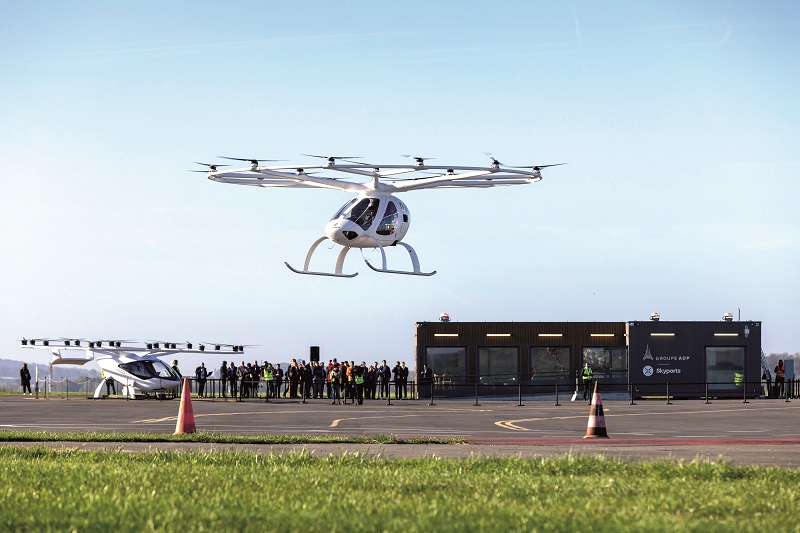
Emergency medical services
In June 2023, Dufour Aerospace for instance unveiled the final design of its Aero2 UAV which, like DARcorporation’s Mavrik demonstrator (see page 74), is built around a tilting wing mechanism, similar to the NASA GL-10 Greased Lightning project from 2014-2015.
Dufour anticipates the Aero2 to be used for emergency medical deliveries and search & rescue applications, as well as more standard freight deliveries and high-resolution remote sensing. For search & rescue missions, gimbals and equipment such as inflatable life rafts or aid pallets can be mounted on the UAV’s underbelly between its skids, preventing it from having to land at, say, the site of a natural disaster.
“The Aero2 is able to transport 40 kg [88 lb] over 400 km [215 nautical miles],” said Simon Bendrey, head of design at Dufour Aerospace. “The structure and systems have to be safe and aerodynamically efficient, and delivering this is not easy.”
The Aero2 can integrate range extenders into its electric powertrain, such as a two-cylinder gasoline boxer engine or a hydrogen fuel cell, to recharge the batteries powering its four electric wing-mounted nacelles (and its single electric tail motor) and thereby fly for up to 3 hours.
The company estimates that each 4 kg of payload costs an hour of flight endurance or 133 km of range. It also emphasises that range extenders will be customer-specific and will therefore be engineered to their individual requirements.
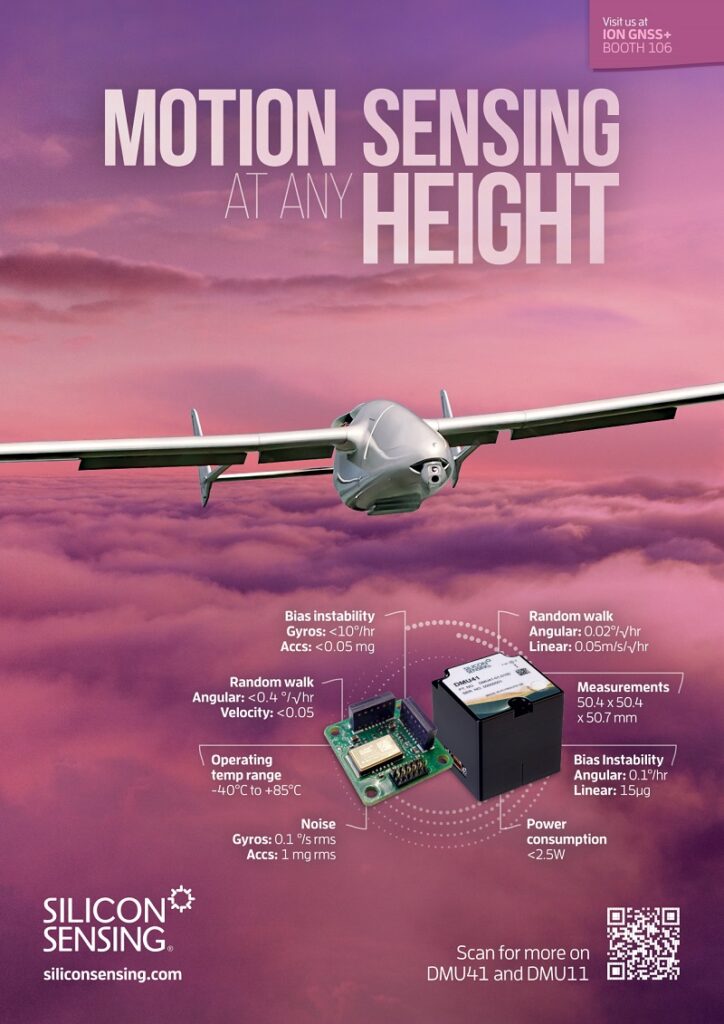
The powertrain options are changed via the nose cone, which has a hinged opening that also serves as the cargo bay, much like the cargo storage design of the Pterodynamics X-P4 trans-wing UAV (issue 41, December 2021/January 2022). The bay can take containers of up to 600 x 400 x 330 mm.
Regardless of energy source though, the Aero2’s five e-motors give it a cruising speed of 150 kph to optimise energy consumption. Having so many motors contributes to the need for safety through redundancy: if one rotor should break, or a single motor or controller per wing should fail, some extent of continued flight or a controlled landing should be possible.
The UAV is also designed with flight control redundancy, with two flaps and two ailerons per wing and redundant flight control units.
Dufour’s development of the Aero2 is ongoing, although the Swiss company has announced partnerships with some key suppliers for additional prototypes and potentially serial production. These include Aerolite for the UAV’s composite structural parts, Connova for its composite airframe, and Suter Industries for the fellow Swiss company’s TOA-288 engine (detailed in issue 34, June/July 2020).
“Suter offers the best solution for our hybrid-electric propulsion system,” Bendrey says. “The first version of this hybrid unit has been intensively tested with a view to further modifications that will help us put the aircraft on the market.”
In Germany, aerospace company Volocopter (last discussed in issue 37, April/May 2021, regarding its VoloCity eVTOL air taxi and VoloDrone UAV) has partnered with ADAC Luftrettung. The latter is an air rescue organisation, also based in Germany, and plans to use some of the former’s eVTOL aircraft in rescue services and medical flights.
At the 2023 Paris Air Show, ADAC Luftrettung announced that it had signed an order for two VoloCitys. The air rescue non-profit also signed a deal officially signifying its intention to buy another 150 of them as part of the partnership.
The VoloCity is a 900 kg MTOW aircraft with 18 electric rotors distributed across its 11.3 m-diameter carbon composite airframe. Entirely battery-powered, it can fly up to 35 km between charges and at airspeeds of up to 110 kph, with a maximum payload of 200 kg.
Although ADAC Luftrettung’s fleets currently consist largely of helicopters for rescue and intensive care operations, the two companies have been working together since 2018 on CAD simulations which indicate that introducing eVTOLs into life-saving medical rescue flights could provide technical, operational and sustainability advantages. It was following those test results that ADAC Luftrettung reserved two of the VoloCitys, which it has now bought.
It is expected that the two VoloCitys will enter service in 2024, once they have been type-certified by the EASA. The operations will last around 2 years, take place around the German towns of Idar-Oberstein and Dinkelsbuhl, and involve deploying the craft to supplement rescue helicopters to provide rapid air assistance.
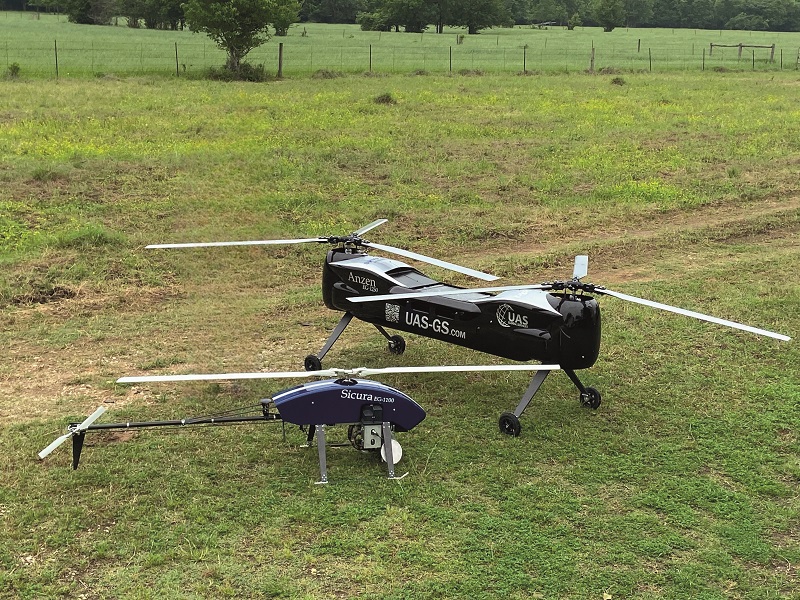
Defence logistics
It is with good reason that the tandem bi-copter configuration is synonymous with the Chinook, as it is one of the longest-serving vehicle models in the US military and other defence groups, thanks to its considerable lifting capacity and stable flight, making it a mainstay of troop transport and logistics operations, even in front-line deliveries.
The qualities of that architecture are a key part of the ongoing development and attraction of platforms such as UAS Global Services’ Anzen EG-1250, which as of mid-2023 had reached commercial readiness. One unit is being delivered to defence and logistics group Modini in the UK, another is going to users in Australia later this year, and there have been many other commercial enquiries about the craft.
“Most of the Anzen’s testing was completed in Colorado last year, with the remaining trials aimed largely at making it commercially useable,” said Anthony Miller, business developer at UAS Global Services. “That has included using it continuously and maturing it in flight operations to ensure it consistently performs in the air for long periods, that it can land on uneven surfaces, and that it can fly quickly and efficiently whenever our end-users need it to.
“We’re also doing a lot of beta testing with our first customers, so we not only gather more operational data on the Anzen at a faster rate but also get good feedback on exactly how they want to use it. We’ve also been working to nail down our parts’ supply lines to make sure our construction and maintenance plans can be carried out reliably and sustainably.”
Those parts include Wankel rotary hybrid power units from Sky Power and a number of key components from the US such as bearings, as well as key manufacturing services such as CNC machining.
The power unit gives the 113.4 kg MTOW UAV a cruising speed of 65 knots and a payload capacity of 34 kg, with onboard fuel tanks and battery enabling up to 6 hours of flight endurance.
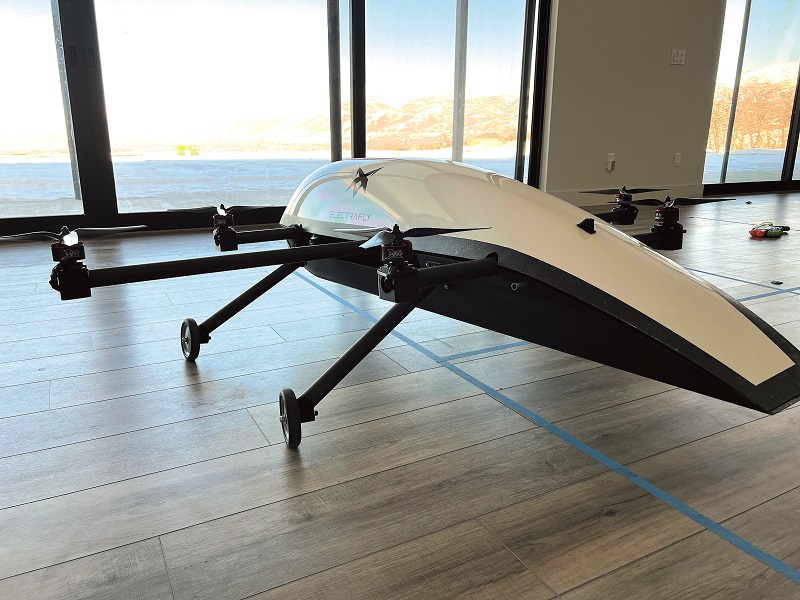
Urban logistics
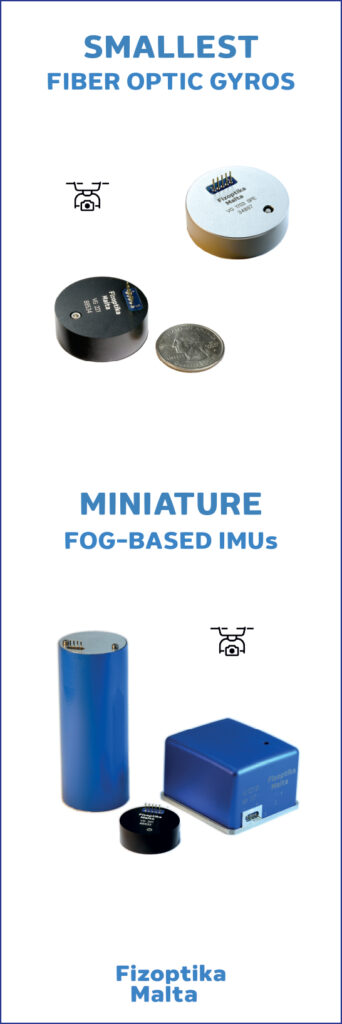
As more commercial organisations become aware of the efficiency that UAVs could add to their logistics, demand is rising for new approaches to autonomous heavy cargo lifting. Of particular importance are those that can produce either limited or zero carbon during flights over cities or other populated areas, where emissions caps might be in place and where the uncrewed vehicle’s safety is paramount for preventing harm to the people below.
US company Electrafly’s approach to efficient heavy autonomous lifting has been informed by its previous experience in aerospace power and aerodynamics, one example being a personal transport vehicle resembling a flying motorbike (one of two systems the company has in development).
A second solution Electrafly is working on is a UAV intended to fly as far as possible while carrying as much weight as possible. Electrafly’s COO John Manning comments, “Batteries are essentially the Achilles heel of flight endurance. With gravimetric energy density being what it is, you quickly get diminishing returns when you repeatedly try to increase endurance by adding more battery packs.
“And as bad as that problem is now, it was even worse 5 years ago when we first started r&d for a UAV, so we quickly decided we should create a hybrid-electric system, replacing battery energy storage with fuel as potential energy.
“On top of that, we’re planning to design our UAV with wing-like arm structures between the hub and rotors. Having those surfaces to generate lift for you is much more efficient than trying to sit on a pillar of thrust, as you would with a helicopter or multi-rotor.”
In addition to combining fixed wings with distributed lift motors, the powertrain uses a small turbojet engine that burns fuel to generate forward thrust as well as drive an electricity generator via its shaft power, the latter enabling the battery to be recharged in-flight.
Although it currently develops its prototypes as hybrid-electric, the company’s ultimate aim is to produce all-electric multi-rotor UAVs for delivering packages, with an engineering focus on maximising payload and range, and operating in urban environments of about 20 miles (32 km) in radius. Its propulsion systems in particular will be designed for bridging the endurance gap between longer range fixed-wing vehicles, and shorter range multi-copters.
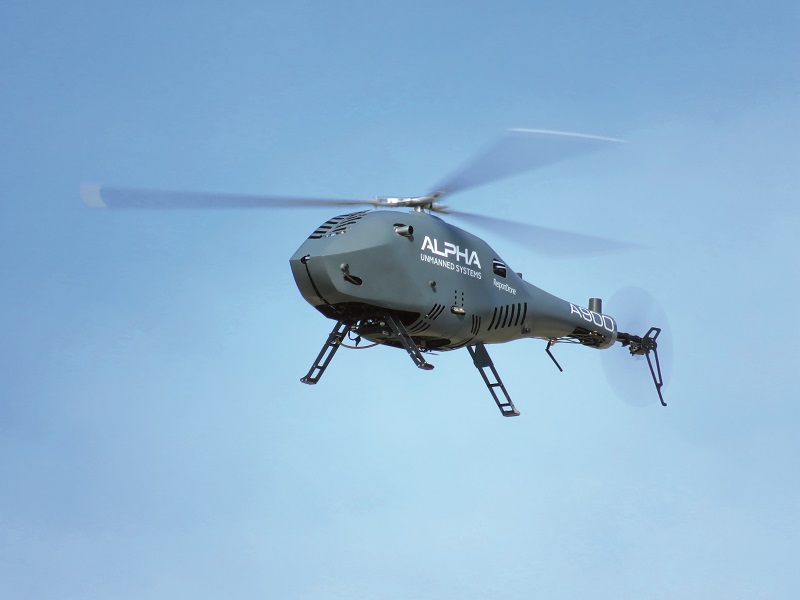
Coastal missions
By their nature, naval vessels and their crews have to operate in dangerous locations that are prone to territorial disputes, piracy, traffickers and occasionally warfare. Creating UAVs fit for service aboard such vessels is hence a considerable challenge, as Alpha Unmanned Systems understands only too well.
We previously visited the company in issue 20, (June/July 2018) to investigate its A800 UAV, a 14 kg, 1.7 m-long uncrewed helicopter capable of carrying 3 kg of payload for up to 2.5 hours.
In the intervening 5 years, the Spanish OEM has unveiled the successor to the A800, which it calls the A900 UAV. It has a MTOW of just under 25 kg, a standard cruising speed of 60 kph, a maximum continuous cruise of 100 kph, and an endurance of up to 4 hours.
“The A900 has been designed in-house to comply fully with STANAG 4738, which means all critical onboard systems are redundant,” says Eric Freeman, CEO of Alpha Unmanned Systems.
Some of the company’s new customers for the A900 include the Indonesian Coast Guard, the Spanish Air Force and the US DoD.
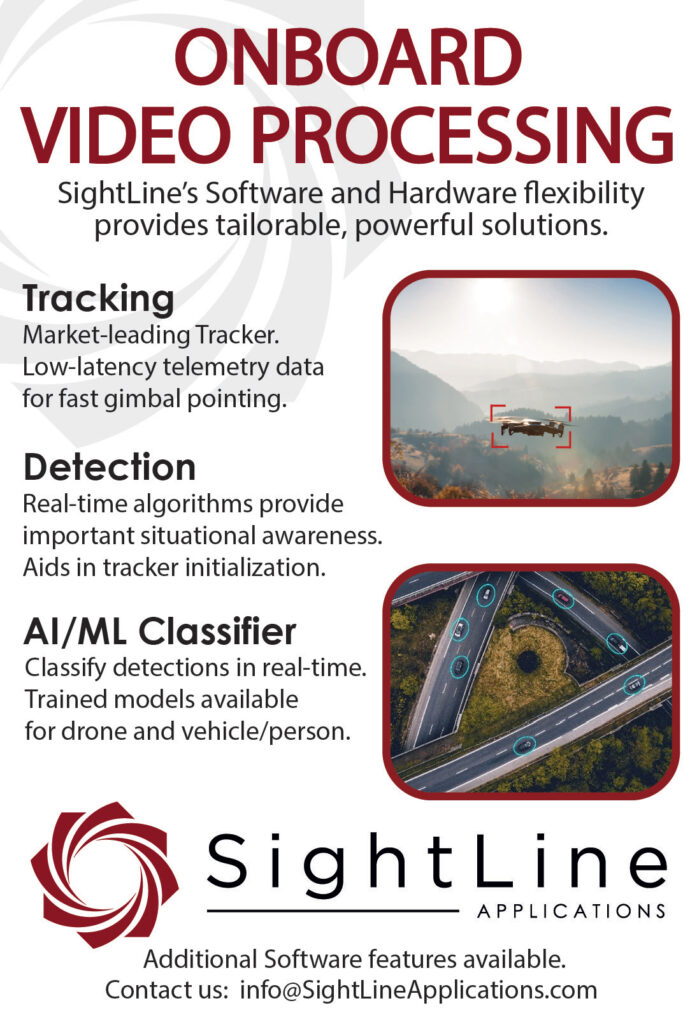
Regarding the improvements in the A900 over its predecessor, Freeman says, “Many customers are finding that its 4 hours of autonomous flight time, the payload capacity of up to 4 kg and the ability to perform automatic take off from – as well as automatic landing on – a moving vessel can be particularly valuable in coastal and maritime survey work, among other applications.”
The A900 also comes with an automatic autorotation capability, which enables it to ‘glide’ to safety in the event of an engine or rotor failure, something previously only trained helicopter pilots could perform. This, along with UAV Navigation’s Visual Navigation System (VNS01) which enables camera-powered geolocation in the event of GNSS failure or jamming, are further capabilities of the A900.
“As you wrote in your previous cover story on the A800, we use UAV Navigation’s Vector autopilot and its flight planning software Visionair,” Freeman says. “The VNS01 is integrated via their autopilot, and is based on what that new product’s integral camera sees during the day and the night. It significantly reduces GNSS drift for us and so expands our users’ capabilities in GNSS-denied environments.”
While the A800 used a single-cylinder two-stroke running on unleaded gasoline, the A900’s power plant is a two-cylinder boxer engine capable of running on gasoline as well as heavy fuels.
The latter is a key draw for maritime operations and users for whom JP-5, JP-8 and other heavy fuels are safer owing to their higher flashpoints, so they do not pose as high a fire hazard as gasoline to ship crews.
“Also, the EFI on the A900 is our own design, manufactured in Spain, and it’s through software reconfigurations in the EFI that we adapt the engine for running on one fuel or the other,” Freeman adds.
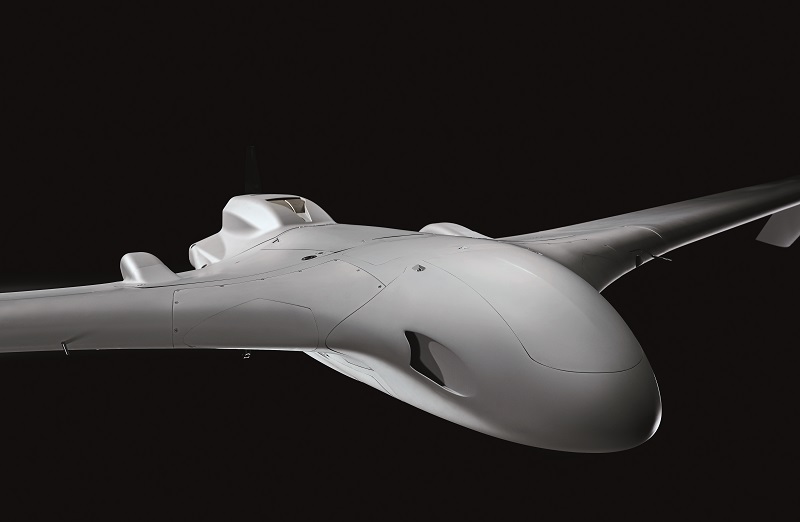
ISTAR
Over the world’s oceans and land masses, UAVs are becoming ubiquitous for performing intelligence, surveillance, target acquisition and reconnaissance (ISTAR) duties on behalf of military organisations.
Given the onerous pre-flight maintenance and inspections crewed ISTAR aircraft have to go through before being cleared for launch, demand is rising for UAVs tailored for rapid, ad hoc deployments, to enable defence forces to respond quickly and flexibly to signs of potential threats.
Accordingly, Aeronautics has developed its Orbiter 5 UAS. The company unveiled this latest version of its tactical fixed-wing UAV platform at the 2023 Paris Air Show, and placed a particular emphasis on its capacity to operate multiple high-end payloads simultaneously, as well as its ability to be launched and recovered without the use of runways, given how vulnerable such infrastructure can be during conflicts.
With a 6 m wingspan and 2 m length, the Orbiter 5 is much larger than its predecessor, the Orbiter 4 (featured in issue 37, April/May 2021), which is 1.2 m long and 5.2 m wide, and weighs a maximum of 55 kg.
The Orbiter 5 has a 75 kg MTOW and can take up to 25 kg of payloads, including maritime patrol radars, COMINT (comms intelligence) systems, electronic warfare systems and EO/IR gimbals with laser rangefinders and pointers. 600 W of dedicated electric power is available for them.
At the time of writing, the Orbiter 5 was being launched using a portable catapult, with soft landings achieved by a combination of an underbelly-deployed parachute and dorsally inflated airbags, much like the Skyeton Raybird-3 (issue 38, June/July 2023) for example. Together, they flip the UAV onto its back as it approaches the ground, ensuring that the gimbal at the front is protected from impacts with the ground.
In addition to being fully autonomous through flight and recovery, the Orbiter 5’s controls, AI and aerodynamics have been optimised for flying in adverse weather conditions and GNSS-denied environments.
Telecoms relay
The Zephyr solar-powered HAPS UAV has been featured several times in this magazine. However, it has always been as a research and demonstration programme, rather than a product or service offering commercial, military or humanitarian value in a regular and repeatable manner.
That is now poised to change. As of mid-2022, the Zephyr division of Airbus (as it was then known) was renamed and spun out as Airbus HAPS Connectivity Solutions, its aim being to provide persistent aerial telecoms relay services. Earlier this year, the company was further rebranded as AALTO HAPS (AALTO signifying Airbus, ALTitiude, and zerO emissions).
“Bridging the gap between, say, Starlink or other LEO satellite solutions and terrestrial solutions is now viable, as we’ve proven through our long-running Zephyr flight testing programme that allows unmodified handheld devices and ground vehicles to connect directly to HAPS aircraft,” explains Richard Tyler, head of flight crew training at AALTO.
In terms of further r&d, the company is now focused on optimising the platform rather than needing any further proving of its commercial potential. Its present incarnation is known internally as the Zephyr 8B, a 25 m-wingspan aircraft weighing between 65 and 75 kg.
Its solar energy comes from triple-junction InGaAs cells manufactured by Microlink Devices, with that energy being stored in batteries supplied by Amprius and converted into forward propulsion via electric motors produced by Newcastle University, in the UK. Further testing will benchmark its altitude limit – which is currently 75,000 ft – and its endurance, which is expected to exceed 200 days.
“And by the end of this year we’ll have the Zephyr 8C, which will take the Zephyr 8B’s technologies and slightly redesign or repackage them into a production-ready aircraft, with some further capabilities to be determined,” Tyler adds.
“Beyond that we’ll look further into maturing and offering the Zephyr T or Zephyr 9, the twin-tail version we have talked about for many years, and for which we’re aiming to achieve more year-round persistent flight capability. We’ll also work on increasing its payload capacity, with that being the first priority, and then freeing up more volume and power for payloads afterwards.”
At the time of writing, the 8B’s altitude ceiling was limited only by flight testing requirements, with expectations in the company that it should be capable of flying far higher. Higher flight tests through expansion of the company’s flight crew and clearances will enable greater understanding of stratospheric conditions and phenomena above 75,000 ft.
“In mid-2022 we had around 75 employees; now we’re over 150 and hope to have 200 by the end of 2023,” Tyler adds. “We have an emphasis on bringing in engineers to further the Zephyr’s development and widening our skills in providing network solutions, as well as growing our line maintenance and flight operations teams.”
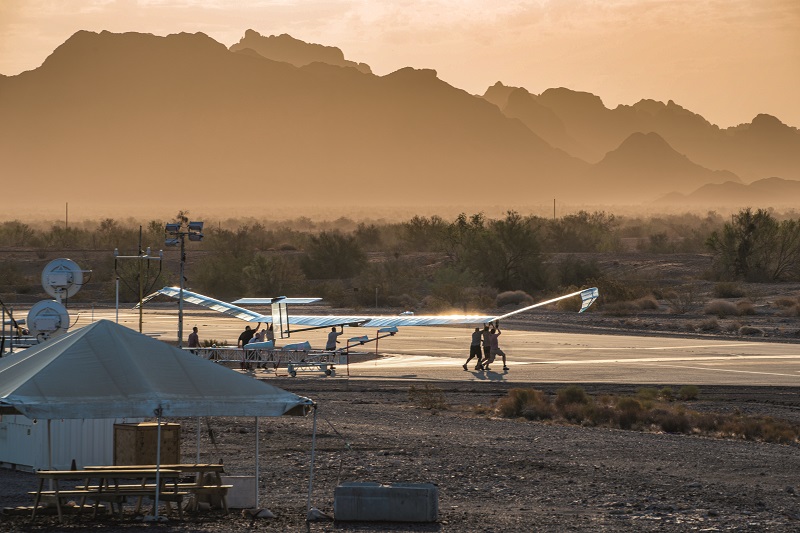
Persistent surveys
Skydweller Aero also has its eyes set on solar-powered flight, albeit via a distinctly different route to AALTO’s.
Rather than begin with a clean-sheet design, Skydweller has bought the design of the Solar Impulse 2 crewed aircraft and is iterating the system with the primary aim of creating an uncrewed HAPS platform capable of perpetual flight in order to provide services such as persistent geospatial survey, exclusive economic zone monitoring, or non-terrestrial telecoms services.
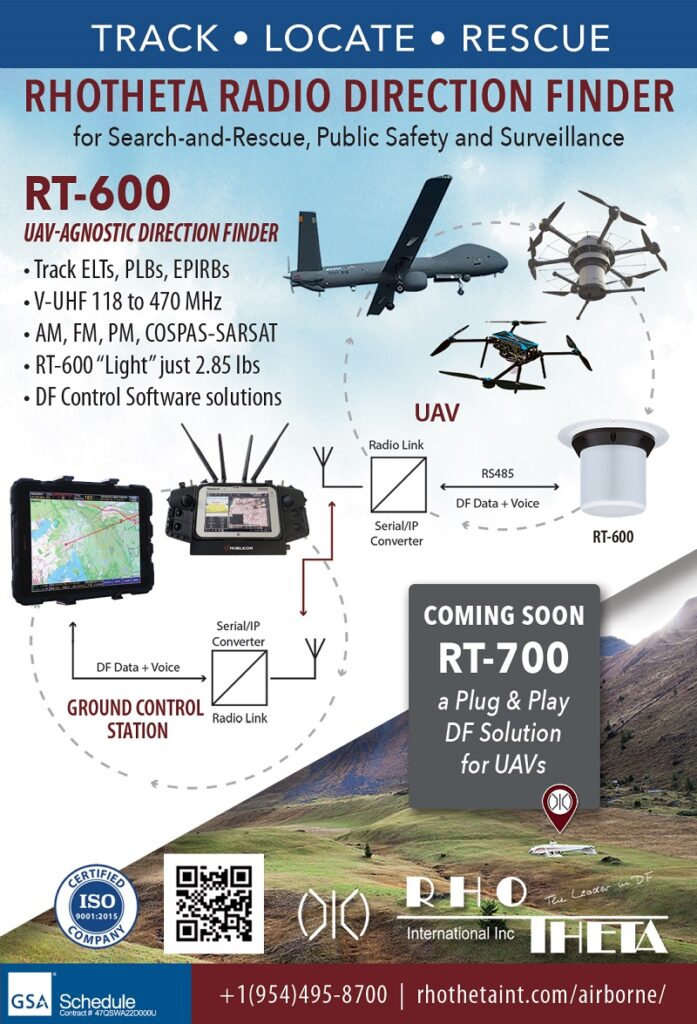
Skydweller’s platform has executed 5 days of continuous flight with the crewed version. Test data from that is informing the design, architecture and subsystem parameters needed for the uncrewed version, along with charging its batteries with solar energy during the day and running on stored energy at night.
As part of the iterative process, Skydweller has replaced the Solar Impulse 2’s CS-23 push rod and cable control system with a fully redundant fly-by-wire system using mechanically dual redundant servos – specifically the DA-58HT from Volz (HT meaning high torque, although it is now named the DA-58D, for duplex).
In addition to providing redundancy and hence long life and reliability for Skydweller’s flight durations, it also generated more torque than the solar powered aircraft needed, and significant data on the component for its supplier.
“In fact, by using our COTS firmware in their crewed test flights, Skydweller were able to identify failure modes that we had never been able to address through our uncrewed aircraft customers,” says Mark Juhrig, CTO at Volz Servos.
“They performed various tests in the air, and through those we were able to add a number of features to increase the safety of our servos that didn’t exist before.
For instance, inside the servos we added a comms link between the two control lanes, so that they can supervise each other – one is designated the ‘slave’ lane, which can take over only when it has confirmed the ‘master’ lane is really dead.”
The servos have now received authorisation from the EASA to be used in fly-by-wire trials of Skydweller’s test aircraft.
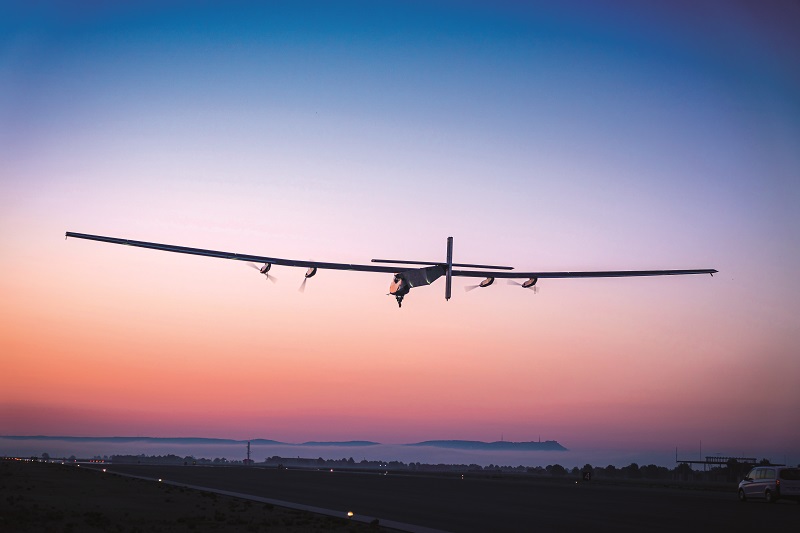
Summary
As UAVs such as those discussed above rack up more and more hours in extreme environments including the stratosphere, ocean storms, congested urban airspaces and disaster sites, the likelihood increases that more unpiloted aircraft will succumb to the hazards they present.
It could be suggested here that the absence of a human pilot is a major problem for uncrewed attempts at such fights, with a pilot’s instincts being key to navigating dangerous turbulence and other factors. However, the advances being made by AI stand to make a huge difference in this regard.
As companies increasingly fly beyond the edges of safe airspace, autopilot recordings of inertial, air pressure and GNSS data could be used to train flight algorithms to recognise and escape from unusual or highly dynamic flight conditions.
With more time and maturing of such technology, algorithms could even be enhanced to safely compensate for those conditions. Without passengers on board, it hardly matters if strong g-forces or sickness-inducing manoeuvres are undertaken, so long as the aircraft’s controls can handle them.
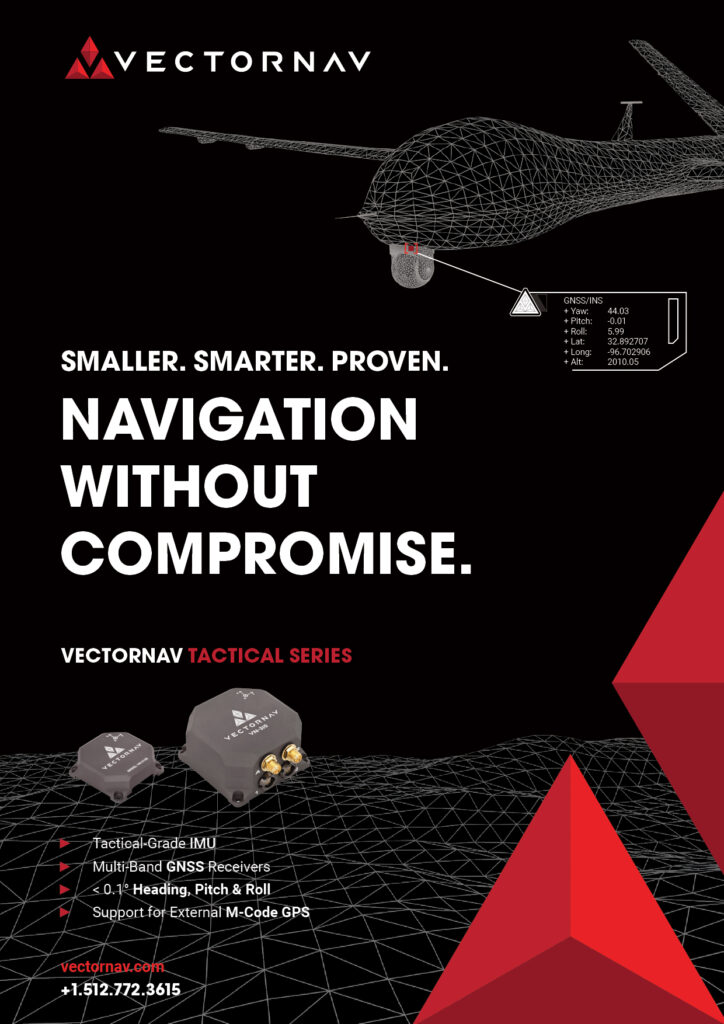
Before any of that happens though, AI is likely be used in predictive maintenance applications to better understand how critical components such as electric motors, propellers and servos degrade over time in unusual turbulence, or how batteries or pistons tolerate extremes of air pressure, frost or heat for example.
In addition to experimenting with new ways to train AI and optimise other components, companies experimenting at the new frontiers of uncrewed operations will probably be faced with demand from other sectors interested in simulations of the dangerous mission environments they have taken on.
As a result, while they might serve niche markets for now, major sectors such as commercial aviation and air freight will doubtless watch the progress of these UAVs with increasing interest.
After many years of testing and maturing, the Zephyr is being commercialised for persistent comms, relaying and other services from the stratosphere (Courtesy of Airbus
UPCOMING EVENTS























